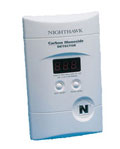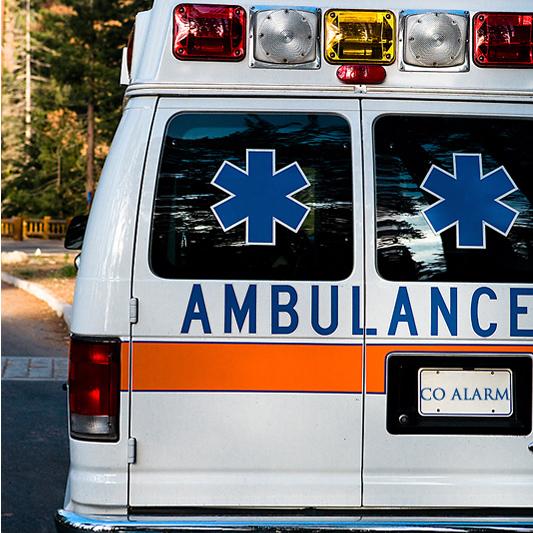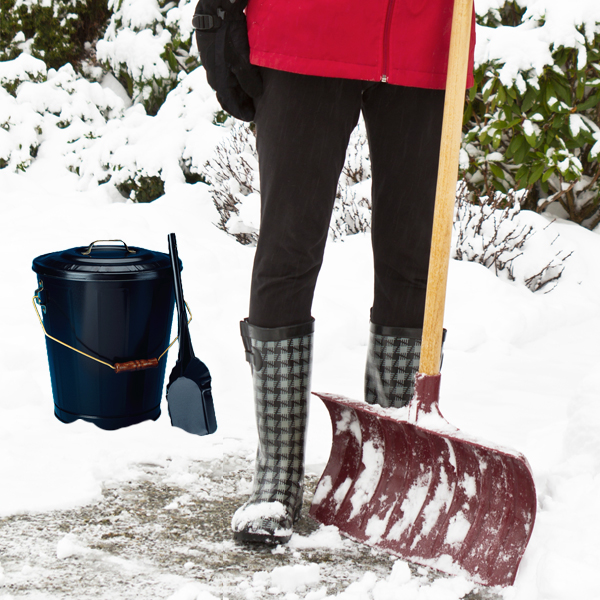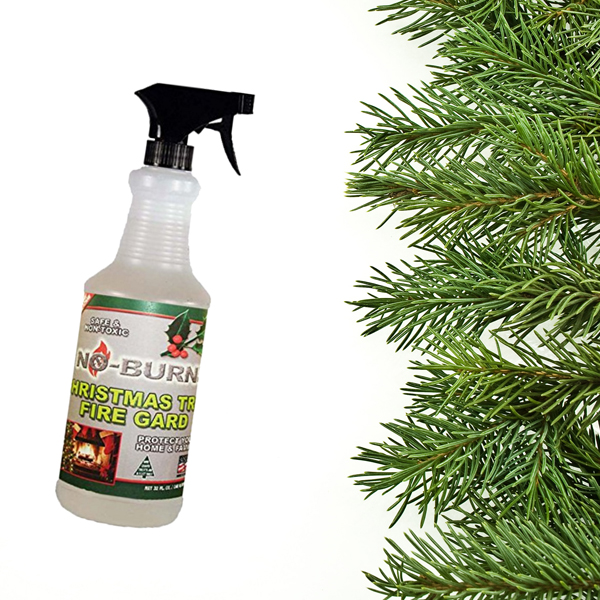by Monte
Share
by Monte
Share
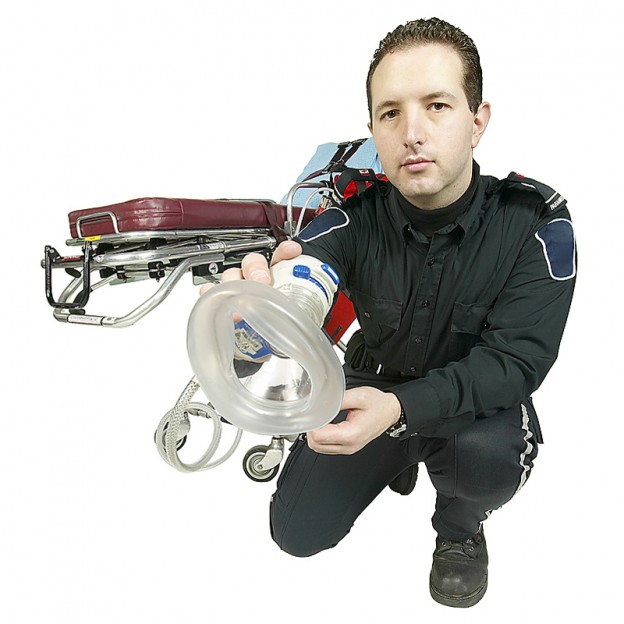
What to Do If Your Carbon Monoxide Alarm Goes Off
When the CO Alarm is Beeping, What Then?
→ If one or more person is ill…click here.
If no one is showing symptoms…click here.
Carbon monoxide (CO) can sicken or even kill occupants of homes without CO alarms. The gas cannot be seen or smelled, and the symptoms are ones that can easily be mistaken for a headache, flu, cold, asthma, or general fatigue. In addition, dangerous levels of carbon monoxide can build up before some people are even aware of symptoms.
According to the Center for Disease Control, symptoms of toxic levels of carbon monoxide can include any of the following:
•Headache
•Nausea
•Shortness of breath or difficulty breathing
•Fatigue
•Impaired vision
•Dizziness
•Disorientation or confusion
•Impaired coordination
•Unconsciousness
If carbon monoxide CO alarm beeping and no one in the home is feeling ill or showing symptoms, follow these steps:
1. Silence the alarm.
2. Turn off or extinguish all fuel-burning appliances and systems including gas furnaces, grills, vehicles, and wood-burning furnaces or fireplaces or wood stoves. Open doors and windows to air out the house.
3. Relocate infants and children, pregnant women, people with heart or lung problems, and the elderly from the home to a safe location.
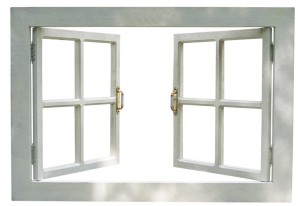 4. Open doors and windows to air out the house.
4. Open doors and windows to air out the house.
5. Call a qualified technician to inspect your fuel-burning systems and appliances to locate the source of any carbon monoxide buildup.
6. Do not use any of your fuel-burning appliances and systems until you get the “All Clear” signal from the inspecting technician(s).
7. Replace any batteries older than 6 months old in a battery powered carbon monoxide detector.
If you hear more than one carbon monoxide CO alarm beeping, even if no one is feeling ill, follow the directions below.
If carbon monoxide CO alarm beeping and one or more people are experiencing possible symptoms, immediately do the following:
1. Evacuate everyone right away. Do not stop to silence the alarm.
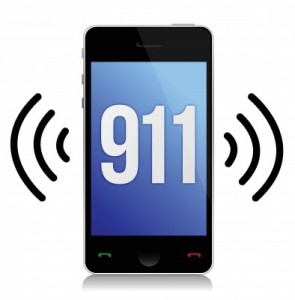 2. Call 9-1-1 or the appropriate emergency number in your area. Give them
2. Call 9-1-1 or the appropriate emergency number in your area. Give them
- your address,
- the number of people feeling ill and their symptoms, as well as
- the information that your carbon monoxide alarm has sounded.
3. If the emergency medical personnel determine one or more of you should be transported to a hospital for evaluation or treatment, comply even if people are now feeling better. Remember, CO poisoning can impair your judgment, so trust the EMT’s.
4. Do not go back into the house until you get the “All Clear” signal from the fire department.
5. Have your fuel-burning appliances and systems inspected by qualified professionals to determine the source or sources of carbon monoxide.
6. Have the source of the carbon monoxide repaired by a qualified technician.
7. Replace the batteries in your carbon monoxide alarms.
8. If your carbon monoxide alarms are more than six years old, replace them.
When is a headache, nausea, and fatigue not “just the flu” and, instead, carbon monoxide poisoning? And how can you prevent carbon monoxide poisoning in your home? Every year 20,000 Americans are treated in emergency rooms for carbon monoxide poisoning. But many of those at first thought they were dealing with a run-of-the-mill bug. Those […]
Will fireplace ashes melt ice or just improve traction on ice? Are there advantages or disadvantages to using ashes instead of rock salt or other chemicals on snow and ice? What are the pros and cons of other de-icers compared with using fireplace ashes on icy surfaces? Will Fireplace Ashes Melt Ice and Snow? Fireplace ashes primarily provide […]
Nothing can completely prevent a Christmas tree or fireplace greenery from burning. But you can reduce the flammability of your Christmas trees and mantel greenery with these homemade or purchased fire retardants. Fire retardants prevent fires from starting and spreading, reduce or eliminate harmful smoke, and minimize fire damage. Some are made specifically for Christmas trees and […]
When a hurricane is headed your way, here are three hurricane fireplace, damper and chimney tips for the safety of your home and family: Hurricane Fireplace Tip #1: Shut the fireplace damper. Hurricanes bring not only high wind but also astonishing amounts of rain. As you prepare your home for an approaching hurricane, you shut […]
